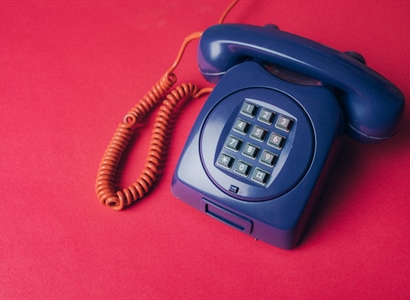Podcast

The 911 Lifeline Every Vacation Rental Needs
4/29/2025
In this episode of the VRMA Arrival podcast, Onita Mihaly, senior director of brand marketing at Ooma, discusses the company's role in improving short-term rental (STR) safety with its VoIP-based landline service.
Read More
2024 President’s Award: Sue Jones
4/21/2025
The VRMA Excellence Awards celebrate and recognize the incredible work, contributions, and impact that vacation rental professionals have made in the past year. We are highlighting each of the 11 award recipients in 2024, continuing today with the President’s Award: Sue Jones.
Read More
The Power of Travel Protection and Weather Preparedness
By George Meshkov | 4/7/2025
In Generali Global Assistance’s most recent article, we explore the importance of travel protection and weather preparedness for the vacation rental industry. The article highlights key resources like the Vacation Rental Toolbox, hurricane and winter storm kits, and our upcoming wildfire kit.
Read More